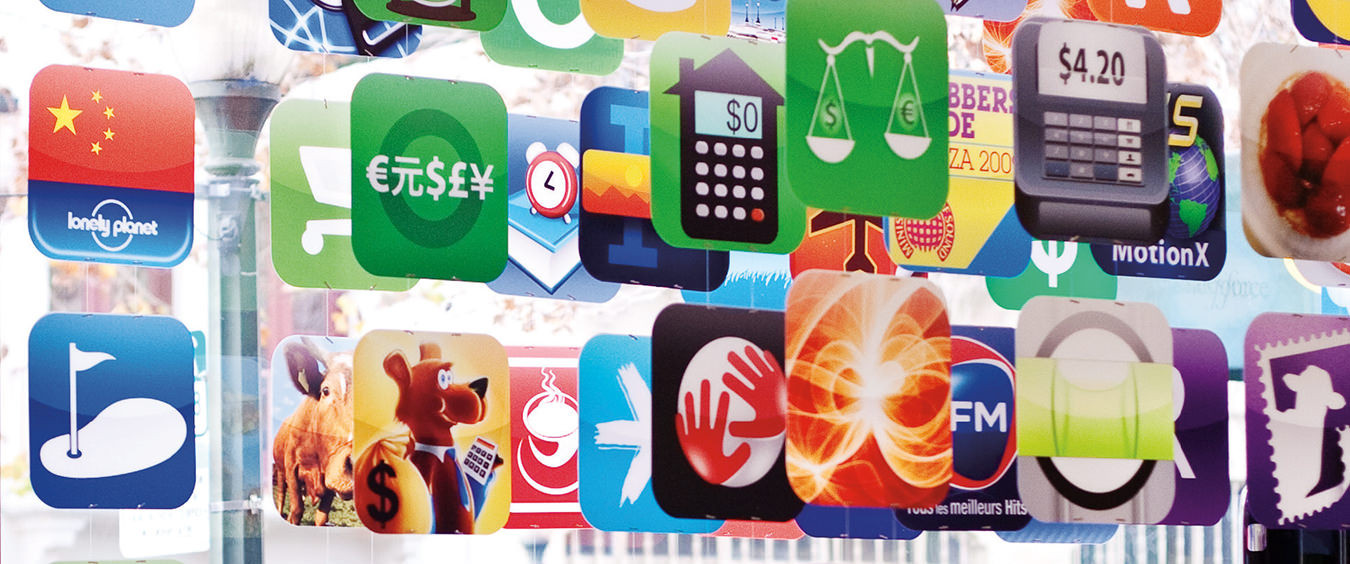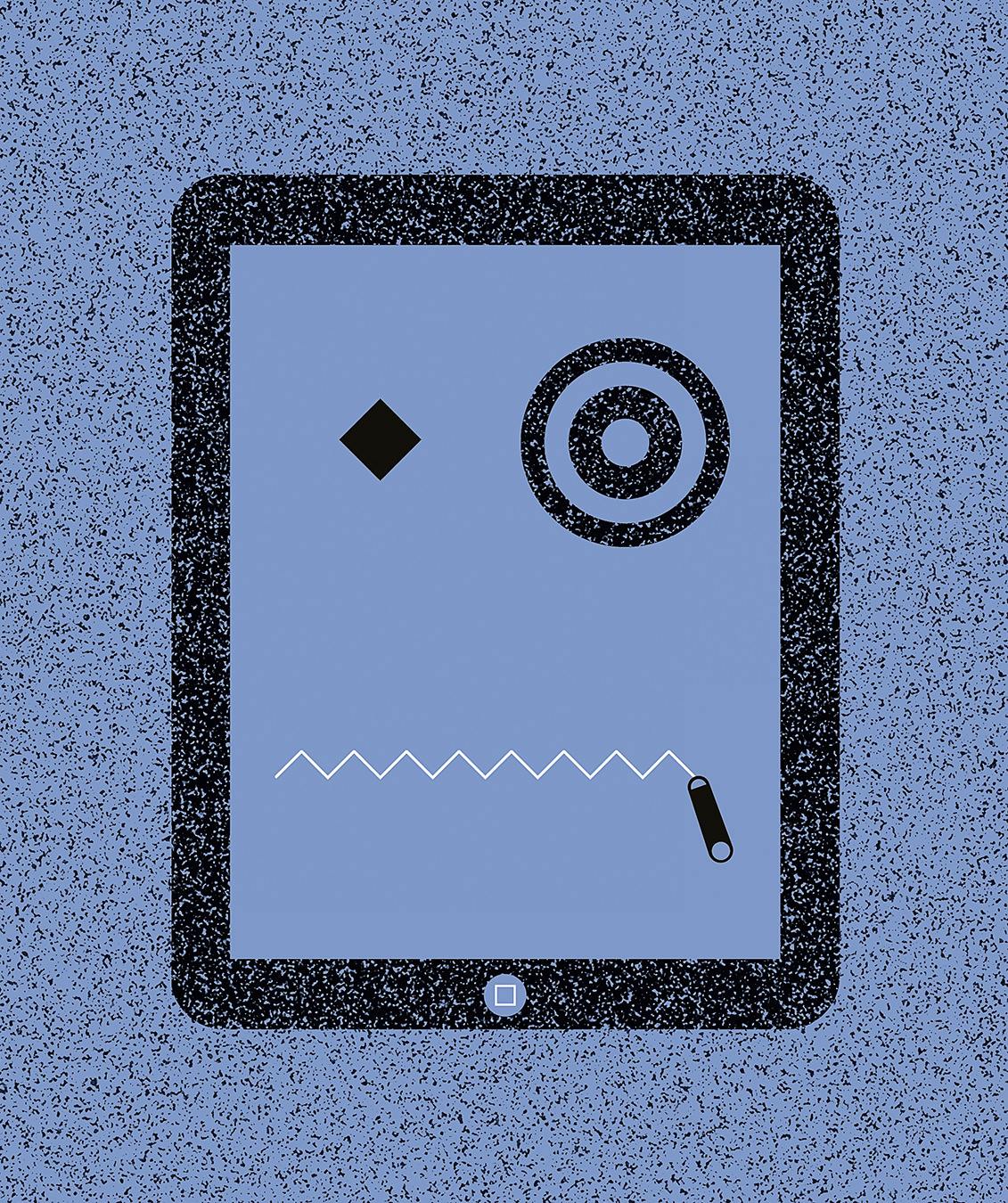The App Appeal
Exploration and experimentation.

Photo by Anne Sandman.
Phones, portable media players, and tablet computers may occupy different market spaces, but actual differences between the three most popular classes of mobile device have become difficult to discern. Apple’s iPhone, iPod Touch media player, and iPad tablet may be dressed differently, but they are fundamentally alike—each is built around an A4 processor (although the iPad 2 recently debuted Apple’s A5 processer), a touch screen, and Apple’s own iOS operating system. A more important similarity, however, is that all three mobile devices interface with Apple’s App Store, and can be used to purchase and download iOS applications. And while the allure of the ubiquitous “Apple Experience” unquestionably plays a part in all three iOS devices ruling their respective markets, the upheaval currently underway in the mobile computing world is probably the result of something else—the pervasive appeal of the “App Experience”.
The popularity of mobile apps—and not the proliferation of small, full-featured, and user-friendly devices—is arguably the true catalyst of the mobile revolution. And it is nothing short of a revolution; since the fourth quarter of 2010, smart phones have outsold PCs. An estimated 35 per cent of North American adults have apps installed on their smart phones, and that number is climbing.
Skyrocketing demand for tablets (with the iPad leading the charge—according to Apple, their tablet has sold over 15 million first-generation units, and is being deployed or piloted in over 88 per cent of Fortune 100 companies) has slowed laptop sales. Analysts predict that this trend will continue as consumers shift toward speedy, app-filled mobile devices and away from portable computers. And it would be reasonable to surmise that the iPod Touch—essentially an iPhone without the phone—thrives mainly because it provides the full app experience without the commitment of a cellphone plan.
Launched in July 2008, Apple’s App Store has been accessed to download apps to iOS devices more than 10 billion times—almost 1,000 apps are downloaded every three seconds—and it continues to influence the way software is built, priced, distributed, and discovered.
Apps are collected as much as they are used, and they are as addictive as they are useful. iOS device owners that delight in exploring the App Store are excited to discover what helpful new treasure they might stumble across, in the form of an app that might tap some previously unconsidered potential of their device. Customers can peruse the Top 25 and browse curated lists, such as Apps for Book Lovers and App Store Essentials. Apps are, after all, generally inexpensive, with an average price of less than $3; many cost a mere 99 cents, and about one-third of all apps are free.
Designed with a push-button, instant-on ethos, and generally built to be used sporadically rather than for prolonged sessions, apps are usually self-explanatory, without a substantial learning curve. Traditional software can be intimidating, but apps are friendly and inviting. As such, they encourage exploration and experimentation.
Markus Müller’s MindNode app, for example, provides an ingenious, stylish visual method of sketching out ideas. The brainstorming technique—where a word or phrase is written in the middle of a page, and then branches into new nodes that represent new or related ideas—is age-old, but in its app incarnation, with a touch screen, it is particularly elegant. As a result, MindNode is highly rated and well reviewed, and the value of mind mapping is underscored for a new generation.
Apps can even facilitate legitimate creative expression; photography apps, for instance, are among the hottest sellers. Few who purchase Hipstamatic, which applies retro-inspired tint and contrast effects to photos taken with their devices, would invest in robust, pricey photography software, such as Adobe Photoshop, unless reasonably committed to learning the craft of digital image manipulation. But for $1.99, why not?
The App Store, which offers nearly 400,000 apps in 20 categories, including business, news, sports, health, reference, photography, utilities, travel, and games, is not the only game in town. There are competing smart phones and operating systems, and of course rival marketplaces, most notably BlackBerry App World and Android Market. App activity is on the rise across the board, however, with analysts predicting that total mobile app downloads, which stood at roughly 11 billion at the end of 2010, will reach 185 billion by 2014.
It may all seem counterintuitive. Apps actually do less than traditional software, yet this is proving attractive to the business set and urbanites on the go. For years, mobile devices have evolved, increasingly resembling computers. Who could have foreseen the portable renaissance that has pushed computers to become more like cellphones?
Photo by Anne Sandman.




